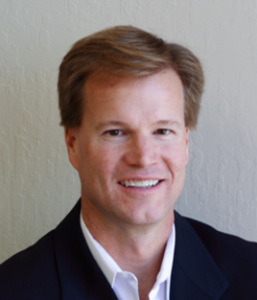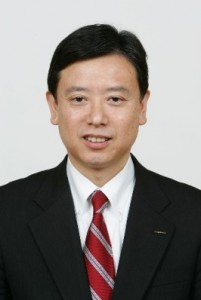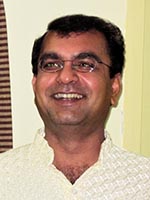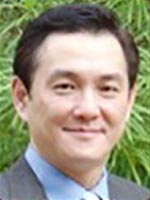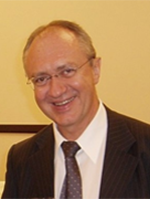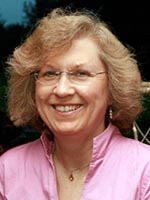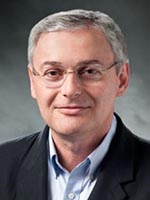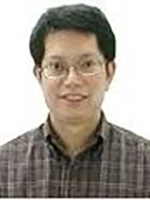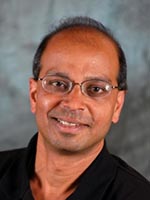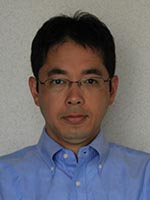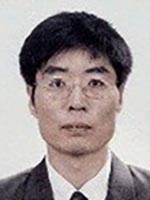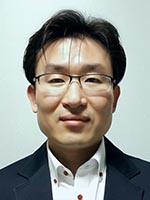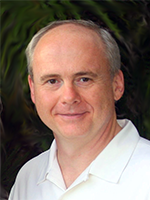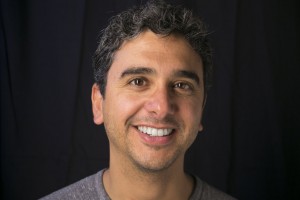Thursday, June 16
8:00 p.m. – 10:00 p.m.
“Top Circuit Techniques: Life With and Without Them”
Organizer: Dejan Markovic, University of California, Los Angeles and Kenichi Okada, Tokyo Institute of Technology
Moderator: Un-Ku Moon, Oregon State University
Panel consisting of experts from different areas will provide a review of the highest-impact circuit techniques, and give examples of how these techniques brought significant system advances. After the opening statement from each of panelists, limited to one technique, audience can debate to gauge the impact of those techniques. At the end of the panel discussion, everyone can join to vote the top three circuit techniques in 2016.
Panelists
Takahiro Miki, Renesas
Marvin Chang, Nat’l Chiao Tung University/ITRI
Asad Abidi, University of California, Los Angeles
Ippei Akita, Toyohashi University
Muhammad Khellah, Intel
Adrian Tang, Jet Propulsion Lab
Andreas Burg, EPFL
Cyrus Afghahi, Broadcom
It’s All a Common Platform – How Do I Build a Differentiated Product?”
Organizers: Fatih Hamzaoglu Intel and Masanori Hashimoto, Osaka University
Moderator: Ajith Amerasekera, Texas Instruments
Chip industry has been very competitive in recent years as semiconductor Foundry, Memory suppliers, IP developers, and EDA tools have diminished to few players. With very tight TTM (Time to Market) and cost requirements, vendors have limited value options to add to their products to differentiate from competition. The panelists will discuss how innovation, software hardware co-design, cost vs. performance optimization, user interface and other factors can differentiate their products even with common infrastructure.
Panelists
Hugh Mair, MediaTek
Robert Aitken, ARM
Steve Young, Xilinx
Suk Lee, TSMC
Hoi Jun Yoo, KAIST
Takashi Kono, Renesas
Mark Doran, Intel


